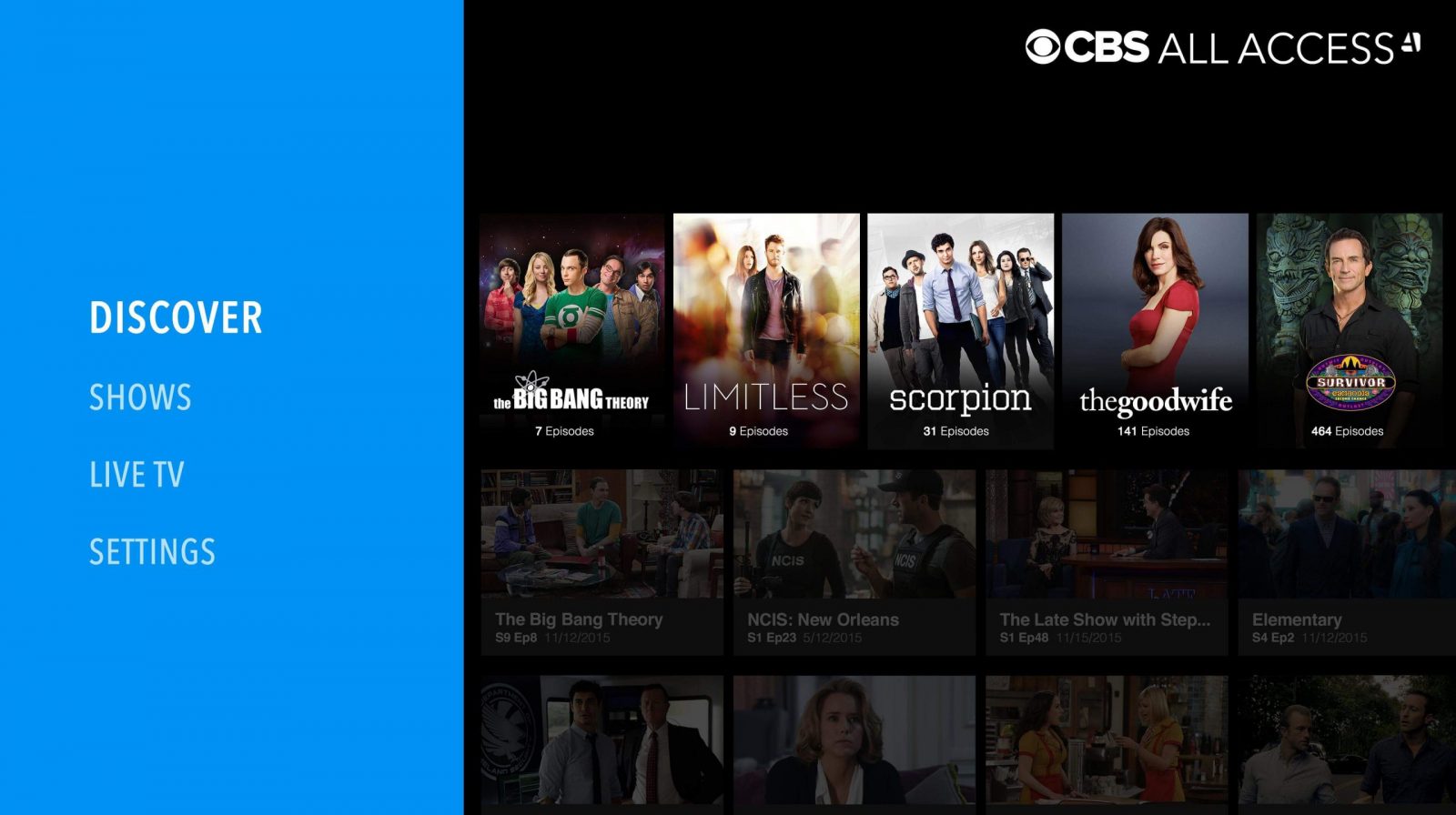Several innovations launched throughout the years have drastically altered the internet advertising scene. Their goal is to make the media buying and selling process easier for everyone involved, including publishers and marketers. Advertisers and publishers alike depend on these tools to prevent ad fraud, personalize the advertising experience, and enhance the user interface.
You might think of ad exchanges, supply-side platforms (SSPs), and demand-side platforms (DSPs) when you consider the programmatic advertising ecosystem. It’s hardly surprising that they’re the most important players in this ecosystem. However, an ad server is another important component that you cannot ignore.
This particular piece of advertising technology was developed almost 20 years ago, just when internet advertising was starting. Its importance has not diminished with time. As a matter of fact, the ad server software is responsible for distributing advertisements over the web. This is a contributing factor to the development of the programmatic advertising market.
According to Statista, programmatic ad spend is set to move past $550 million globally in 2023. This means that an ad server is an integral part of the advertising technology ecosystem, and you should familiarize yourself with it as the industry expands annually.
But what is an ad server, and how does it work? Read on to learn more about ad servers, including how many of them there are.
Contents
What Is an Ad Server?
Simply defined, an ad server is a piece of software that is responsible for managing, storing, and serving ads on publishers’ websites. The ad server, like the web server, can provide targeted advertisements to the appropriate users. It does this by collecting data on individual advertisements and then targeting specific audiences across many platforms with pitches for products and services that could be of interest to them.
However, as technology has progressed over time, ad servers’ functions have expanded beyond their original intent. They’ve evolved beyond just data-storing and transmitting programs. Advertisers can control and improve their media purchasing processes with the help of an ad server. You can utilize this information to your advantage if you know what you’re doing.
It can often be difficult for marketers to coordinate efforts across several platforms and publications. Successful ad campaigns on numerous publisher sites need centralized ad administration and reporting. An advertisement server fulfils this function.
In addition, ad servers instantly and intelligently decide which advertisements to show on websites. Besides that, they gather information that helps marketers better understand how well their advertising is doing. The publishing and advertising industries couldn’t function without data. Advertisers benefit from a deeper understanding of their target audience, increased reach, and the ability to personalize their product or service thanks to data centralized in a single ad server.

How Does an Ad Server Work?
In the wake of the Internet’s meteoric rise in the mid-1990s, publishers and marketers looked to the world wide web as a reliable means of generating revenue and reaching their intended demographic.
The first stages of web advertising were a completely direct and hand-operated ad buying and selling procedure. It didn’t take long for marketers and publishers to recognize they needed a better campaign management system. The advertising industry’s first ad servers appeared as a result of this development.
It works in a specific order. When a user navigates to a website, their browser makes a request to the publisher’s ad server to show the user an advertisement. When an ad request comes in, the ad server looks at the information it has stored about the user to determine which ads will be most relevant to them. It chooses the advertisement depending on a number of factors, such as age, geographical location, user behaviour, and other similar factors.
If it detects a relevant advertisement, it will show it to the user. Because of the advertisement, data on audience engagement with this medium is now available to the marketing department. Using this information, they can better plan future campaigns.
How Many Distinct Ad Servers Are There?
Ad servers are split into two main types:
- First-party ad servers or publisher ad servers. They’re a system for handling the placement and display of adverts sold directly to advertisers by publishers using programmatic methods.
- Third-party ad servers or advertiser ad servers: They’re a method for keeping tabs on promotional initiatives with little effort on the part of the marketer. It paves the way for their advertisements to appear on the sites and/or applications of other publishers. The primary functions of this server are data collection for campaigns and the validation of key KPIs.

Final Thoughts
The ecosystem that comprises programmatic advertising is not complete without ad server technology. Without it, advertisers would not be able to show their prospective consumers advertisements, and publishers would not be able to make a profit off of the ad space they own on their websites. Additionally, this holds true for video ad-serving platforms.



